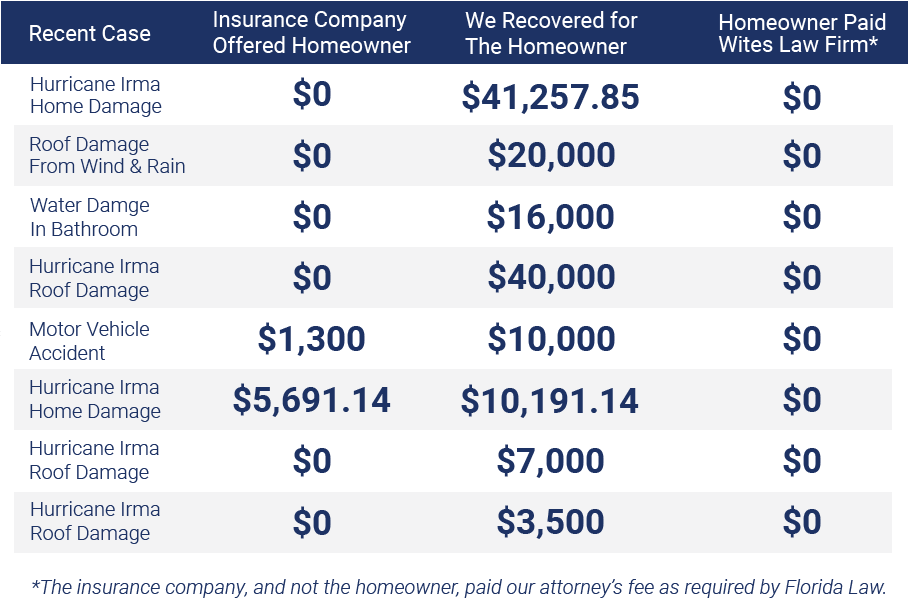cost of hiring a wage and hour lawyer can vary depending on several factors, including the complexity of the case, the attorney’s experience and reputation, the location, and the fee structure they use. It is important to note that wage and hour lawyers typically work on a contingency fee basis, meaning they only get paid if they win the case or secure a settlement on behalf of their client.
Hourly Rates
Some wage and hour lawyers may charge an hourly rate for their services. Hourly rates can vary significantly depending on the attorney’s experience and the location. In general, hourly rates for wage and hour lawyers can range from $200 to $500 per hour. However, keep in mind that these rates can go higher for highly experienced attorneys or those practicing in major cities.
Flat Fees
In certain cases, wage and hour lawyers may offer a flat fee arrangement for specific services. For example, they may charge a fixed fee for reviewing employment contracts, drafting demand letters, or representing clients in administrative hearings. Flat fees can range from a few hundred dollars to a few thousand dollars, depending on the complexity of the task.
Contingency Fees
Contingency fees are the most common fee structure used by wage and hour lawyers. Under this arrangement, the attorney agrees to take on the case without charging any upfront fees. Instead, they will receive a percentage of the final settlement or court award if they win the case. Contingency fees typically range from 25% to 40% of the total recovery, but this can vary depending on the specific circumstances of the case.
Additional Costs
In addition to the attorney’s fees, there may be other costs associated with hiring a wage and hour lawyer. These costs can include court filing fees, expert witness fees, document retrieval fees, and other expenses related to building a strong case. It is important to discuss these potential costs with the attorney during the initial consultation to have a clear understanding of the overall financial commitment.
